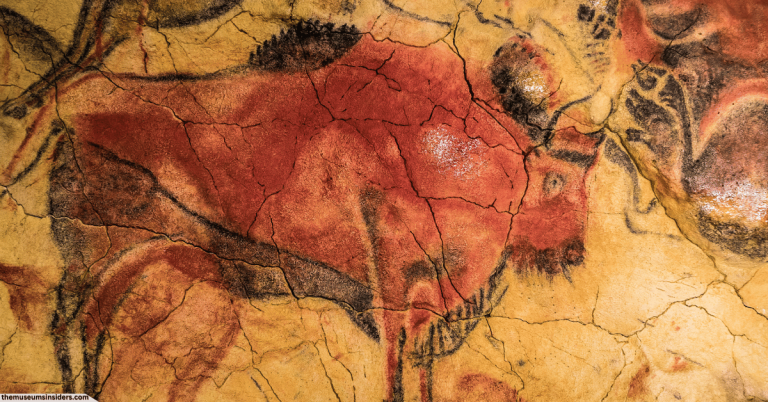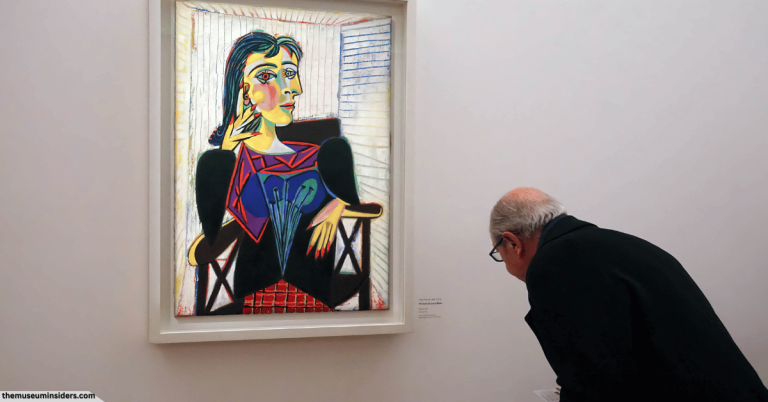Summary: Casa Batlló, designed by the renowned architect Antoni Gaudí, is one of Barcelona’s most iconic landmarks. This stunning piece of modernist architecture is celebrated for its unique design, vibrant colors, and intricate details. Whether you’re an architecture enthusiast or simply a traveler seeking beautiful sights, Casa Batlló offers an unforgettable experience
Introduction
Nestled in the heart of Barcelona, Casa Batlló stands as a testament to the genius of Antoni Gaudí. This extraordinary building, often referred to as the “House of Bones” due to its skeletal-like structure, draws millions of visitors each year. In this blog post, we’ll explore the rich history, architectural marvels, and must-see features of Casa Batlló, ensuring your visit is both memorable and informative.
Relevant History
Casa Batlló was originally constructed in 1877, but it wasn’t until 1904 that Antoni Gaudí was commissioned by Josep Batlló to redesign the building. Gaudí’s transformation of Casa Batlló from an ordinary structure into a masterpiece of modernist architecture took two years, completing the project in 1906. Gaudí’s vision for Casa Batlló was to create a structure that resembled an underwater world, inspired by marine life and natural forms.
Architectural Marvels
Gaudí’s design for Casa Batlló is characterized by its organic shapes, vibrant colors, and intricate details. The facade of the building is adorned with a mosaic of broken ceramic tiles, known as “trencadís,” creating a shimmering effect that changes with the light. The undulating lines and curved windows give the building a sense of movement, as if it were alive.
Inside, Casa Batlló is equally breathtaking. The central staircase, with its flowing lines and organic shapes, resembles the spine of a great sea creature. The roof terrace, often referred to as the “Dragon’s Back,” is adorned with colorful ceramic tiles and chimneys that resemble the scales of a dragon. Every corner of Casa Batlló is a testament to Gaudí’s creativity and attention to detail.
Construction
Gaudí’s redesign of Casa Batlló involved both structural and decorative changes. The facade was completely transformed with the addition of the mosaic tiles and curved windows. Inside, Gaudí removed load-bearing walls to create open, flowing spaces. He used innovative construction techniques, such as catenary arches, to support the structure. The use of natural light was also a key element in Gaudí’s design, with large windows and light wells ensuring that every room is filled with light.
Must-See Features
Facade
The stunning mosaic facade is a must-see, with its shimmering colors and organic shapes.
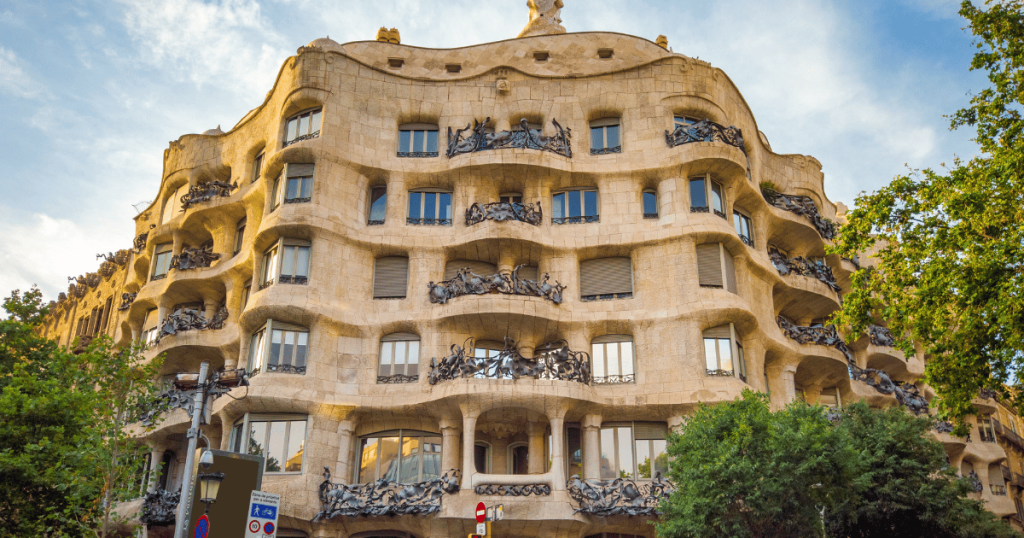
Noble Floor
This was the main living area of the Batlló family, featuring beautifully restored rooms and original furnishings.
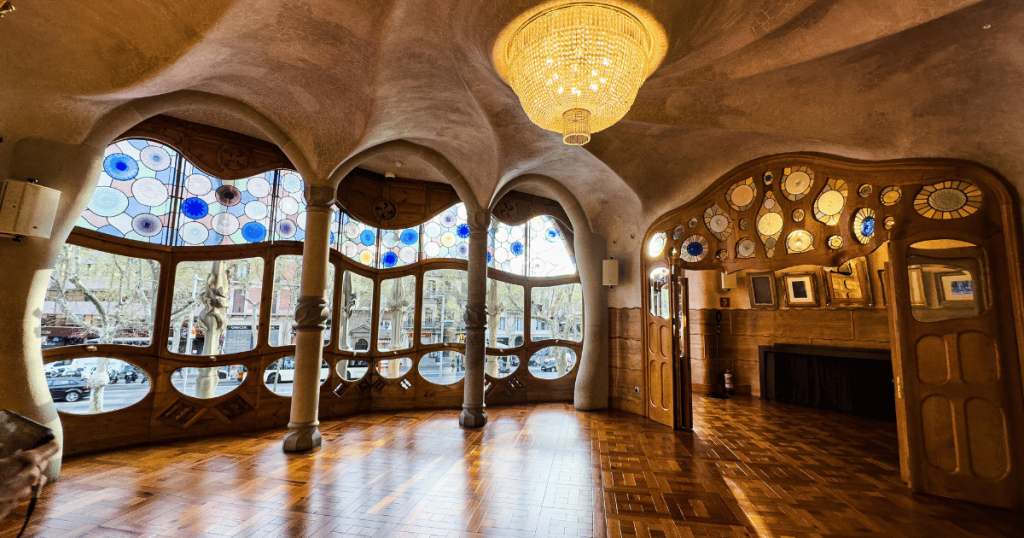
Central Staircase
The flowing lines and organic shapes of the central staircase are reminiscent of the spine of a sea creature.
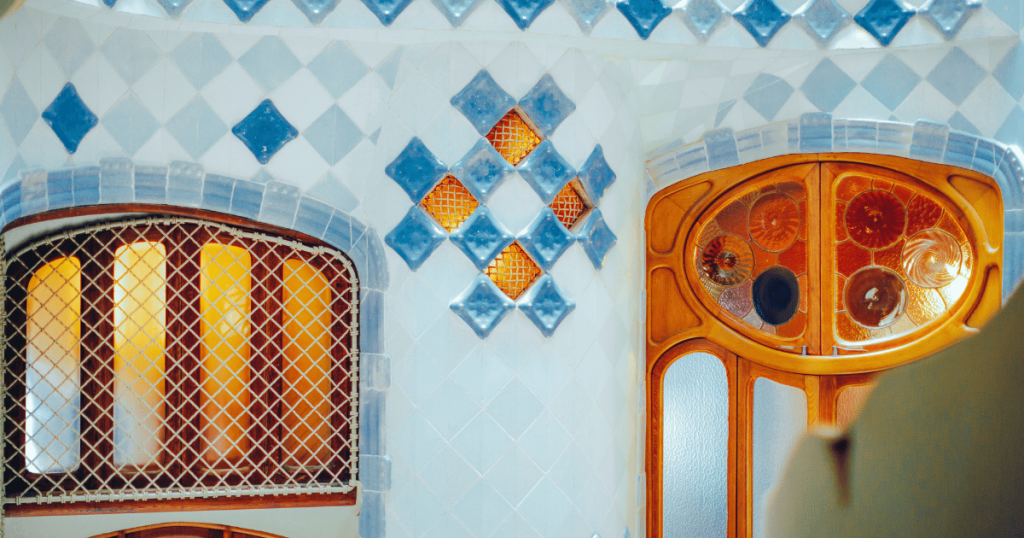
Casa Batlló Central Attic
The central attic of Casa Batlló, designed by Antoni Gaudí, features catenary arches resembling a thoracic cage. This white, airy space was originally intended for storage and utility rooms
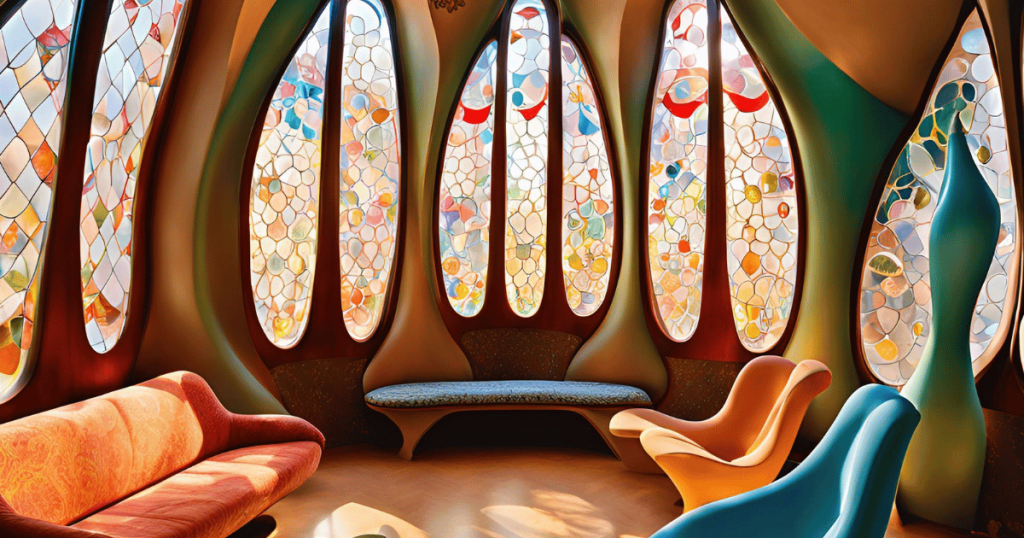
Roof Terrace
The “Dragon’s Back” roof terrace is adorned with colorful ceramic tiles and chimneys that resemble dragon scales.
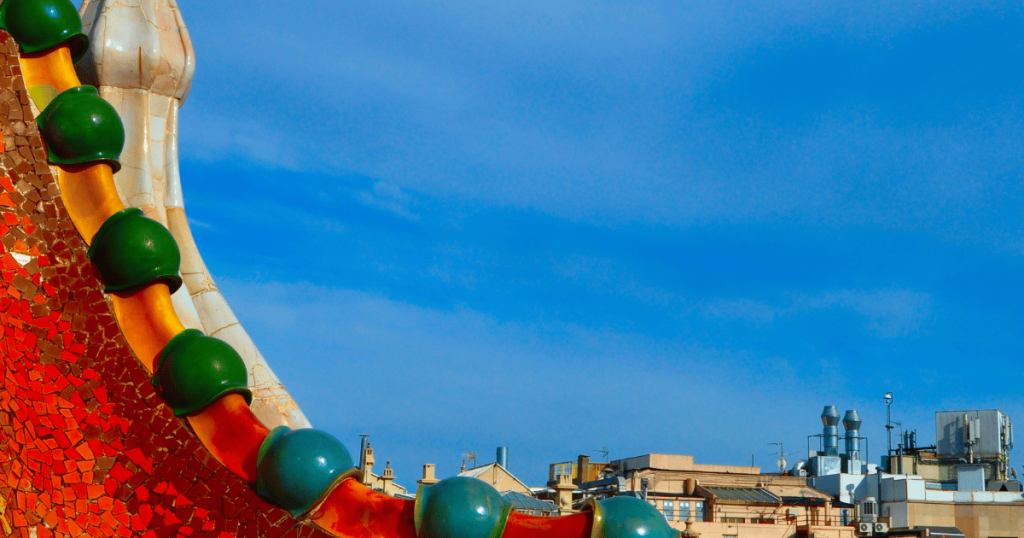
An Interior Wonderland
The interior of Casa Batlló is just as impressive as its exterior, offering visitors a journey through a world of creativity and innovation. Gaudí paid meticulous attention to every detail, from the elegantly curved walls and stained glass windows to the wooden staircase that seems to flow like a river. The central atrium is a highlight, with its stunning skylight and cascading tiles that create a mesmerizing play of light and color. Each room in Casa Batlló showcases Gaudí’s ingenuity and his commitment to creating functional spaces that are also visually stunning. Today, Casa Batlló is a UNESCO World Heritage Site and a must-visit destination for anyone exploring Barcelona. It stands as a symbol of the city’s rich cultural heritage and a testament to the enduring legacy of Antoni Gaudí’s architectural brilliance.
A Legacy of Innovation
Beyond its architectural splendor, Casa Batlló plays a significant role in the cultural life of Barcelona. The building frequently hosts exhibitions, cultural events, and educational programs that celebrate both its unique design and the broader world of modernist art. Visitors can enjoy immersive guided tours that delve into the history and artistic significance of Gaudí’s work, offering insights into his creative process and visionary approach. Casa Batlló’s commitment to innovation extends to its use of cutting-edge technology, with augmented reality and interactive displays enhancing the visitor experience. This blend of historical artistry and modern technology makes Casa Batlló a dynamic and evolving landmark. Whether you’re an architecture enthusiast, an art lover, or simply a curious traveler, Casa Batlló provides an inspiring glimpse into the imaginative genius of Antoni Gaudí and the cultural richness of Barcelona.
Special Events:
Casa Batlló hosts a variety of special events throughout the year, including concerts, exhibitions, and guided tours. One of the most popular events is the “Magic Nights” series, where visitors can enjoy live music on the rooftop terrace while taking in the stunning views of Barcelona. The museum also offers immersive experiences, such as augmented reality tours, allowing visitors to see the building as Gaudí envisioned it.
Important Things to Consider:
- Tickets: It’s recommended to purchase tickets in advance, as Casa Batlló is one of Barcelona’s most popular attractions. There are various ticket options available, including general admission, guided tours, and augmented reality experiences.
- Accessibility: Casa Batlló is wheelchair accessible, with elevators and ramps available throughout the building.
- Timing: To avoid the crowds, consider visiting early in the morning or later in the afternoon.
Famous Reviews:
Casa Batlló has received rave reviews from visitors around the world. Travelers praise the building’s unique design, stunning details, and the immersive experiences offered by the museum. Many visitors describe Casa Batlló as a “must-see” attraction in Barcelona, highlighting the creativity and genius of Antoni Gaudí.
Conclusion:
Casa Batlló is more than just a building; it’s a work of art that captures the imagination and inspires awe. Whether you’re an architecture enthusiast, a history buff, or simply a traveler seeking beauty, Casa Batlló offers an unforgettable experience. From its vibrant facade to its intricate interior, every corner of Casa Batlló is a testament to the genius of Antoni Gaudí. Plan your visit today and discover the magic of Casa Batlló in Barcelona.
FAQs:
- What is Casa Batlló known for? Casa Batlló is known for its unique modernist architecture, designed by Antoni Gaudí. The building’s facade, with its mosaic tiles and organic shapes, is particularly famous.
- Where is Casa Batlló located? Casa Batlló is located at Passeig de Gràcia, 43, in the Eixample district of Barcelona, Spain.
- Who designed Casa Batlló? Casa Batlló was designed by the renowned Catalan architect Antoni Gaudí.
- How can I buy tickets for Casa Batlló? Tickets for Casa Batlló can be purchased online through the official website or at the entrance. It’s recommended to buy tickets in advance to avoid long queues.
- Are there guided tours available? Yes, Casa Batlló offers guided tours, including augmented reality experiences that provide an immersive look at the building’s history and design.

